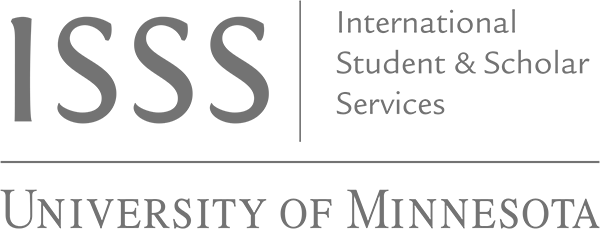It is not a good idea to keep a lot of cash (currency) with you. Financial institutions—credit unions, banks, and savings and loans institutions—provide a safe way to keep your money because they carry insurance on all funds kept in them. Most Americans pay their expenses with credit cards, personal checks, or electronically through their bank accounts.
For additional information and resources about banking in the U.S., check out the Hands On Banking Program.
Currency Exchange
Most local banks are not able to exchange foreign currency. One bank, Wells Fargo, does have walk-in currency exchange, but there is a fee for this service. You can find more information about Wells Fargo currency exchange, including locations, on the Wells Fargo website. Other banks offer international banking services and currency exchange, but you must call in advance for them to order the currency. At U.S. Bank, for example, you can order foreign currency and pick it up 2-3 business days later.
Bank Accounts
To keep your money in a financial institution you must open an account. Usually you need a photo I.D., such as a passport or Minnesota State I.D. to open an account, and you are often asked to provide a Social Security Number (SSN). However, you are not required to have a SSN. Before opening an account, ask at the institution's information desk about the types of services it offers. These can vary widely. However, there are basically two different types of accounts:
-
Checking Accounts: Many institutions offer free checking if you keep a balance of $100 to $300 in your account; a few (e.g. TCF Bank) offer free checking with no minimum balance. Banks that do not offer free checking may charge you a small fee per check you use, or a basic monthly fee. Some banks might require you to deposit a minimum amount to open an account.
-
Savings Accounts: Savings accounts earn interest. You can withdraw any amount at any time during regular hours. Some institutions will charge a monthly service fee if your balance is below a certain amount, or if you make more than a certain number of transactions per month.
Banks Near Campus
- Affinity Plus Federal Credit Union: This is specifically for employees of the State of Minnesota, as well as University of Minnesota students and staff (scholars included).
- Associated Bank
- Huntington Bank: Huntington Bank accounts can also be opened when you get your U Card. There is a Huntington Bank office located in Coffman Memorial Union.
- U.S. Bank: Located in the West Bank Skyway
- CHASE Bank
- Wells Fargo Bank
Debit Cards
These cards can also be used for purchases. The money is electronically transferred from your checking account to the merchant (just like with credit cards).
Generally, if you open a checking account, you will also receive a debit card. If you have only a savings account, however, you may not be able to get a debit card.
Most cash machines (ATMs) around campus or in your neighborhood can be used to withdraw money, regardless of which bank your debit card is from; however, there may be a fee for withdrawing money from an ATM that is not associated with your specific bank. When you open your account, ask for a list of fees you might incur with that account.You will need to enter your personal identification number (PIN) into any ATM to be able to withdraw money. Some ATMs can be used to make deposits, too.
Accounts for Minors
If you are under the age of 18, most banks will require an adult family member to set up a custodial or joint account. Most will require this process to be completed at a branch in person. We recommend contacting banks first to learn their requirements.
Review the links below to learn more about each bank's requirements for minors.
